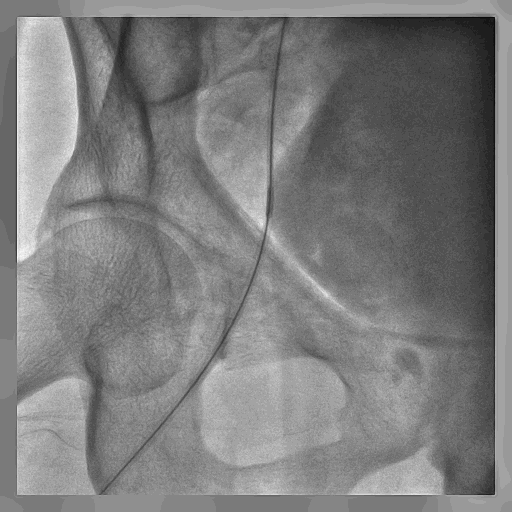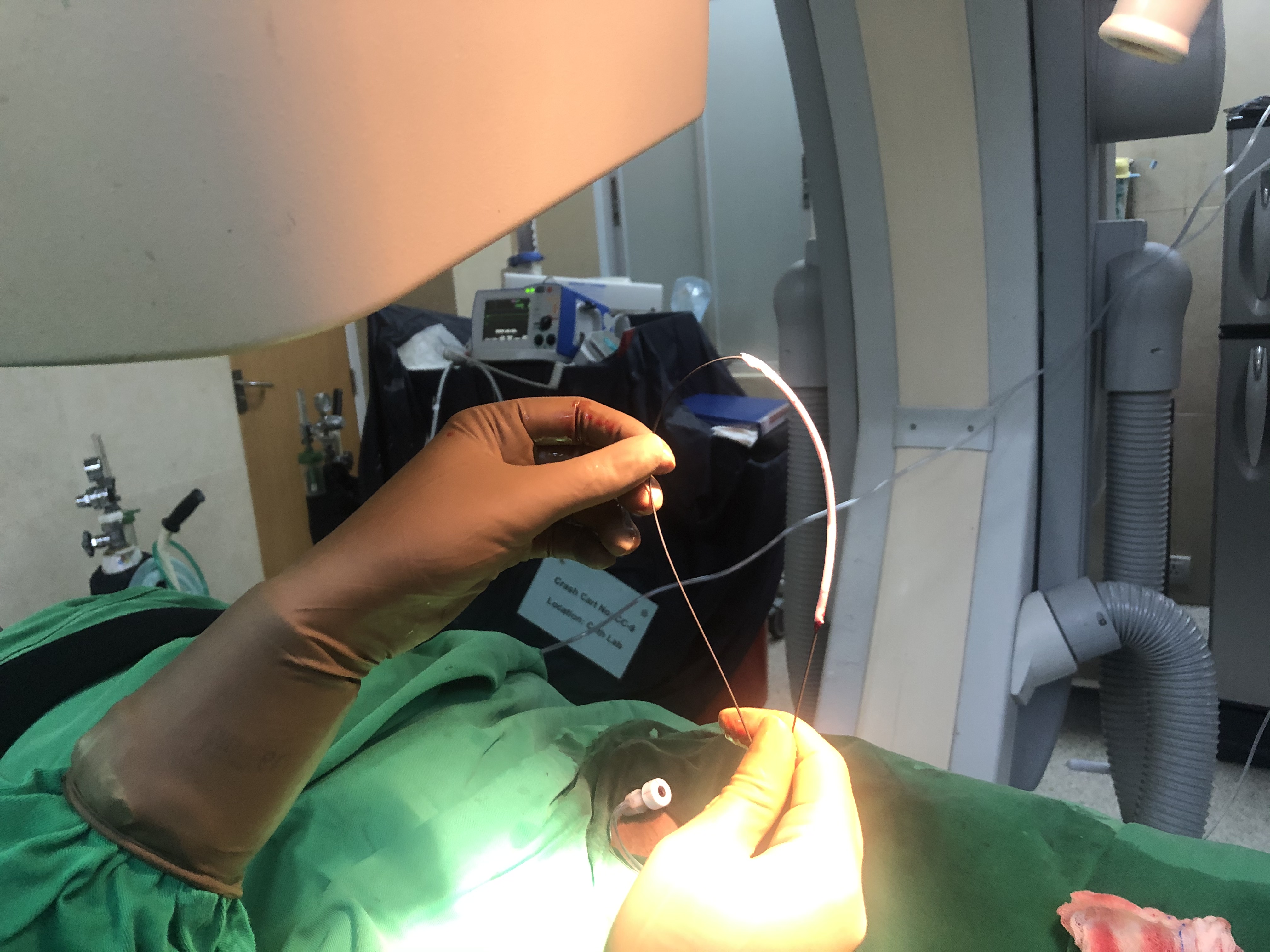Lots of interesting abstracts and cases were submitted for TCTAP & AP VALVES 2020 Virtual. Below are accepted ones after thoroughly reviewed by our official reviewers. Don¡¯t miss the opportunity to explore your knowledge and interact with authors as well as virtual participants by sharing your opinion!
* The E-Science Station is well-optimized for PC.
We highly recommend you use a desktop computer or laptop to browse E-posters.
CASE20200924_002
| Complications - Complications | |
| Nightmare in Cath-lab - Patience is the Real Player | |
| Mahmood Hasan Khan, Shahab Uddin Talukder3, Aqm Reza4 | |
| , Evercare Hospital Dhaka, Bangladesh3, Apollo Hospitals Dhaka, Bangladesh4, | |
|
[Clinical Information]
- Patient initials or identifier number:
KAA
-Relevant clinical history and physical exam:
¢¥Mr. KAA ¢¥Age: 61 years ¢¥Gender: Male ¢¥Risk Factors: Diabetes, Hypertension ¢¥Admitted as a case of Acute Inferior ST Elevated - ACS. ¢¥ECG: Acute MI (Inferior) with Anterior Ischaemia ¢¥Echo: RWMA (+) with LVEF: 30% & WMSI: 1.41    -Relevant test results prior to catheterization:
Hb--> 12.3 gm/dl
TLC--> 9600/ cmm Na--> 135 mmol/L K--> 4.1 mmol/L    - Relevant catheterization findings:
¨ª Triple Vessel CAD. ¨ªRCA:100% occluded from proximal segment. ¨ªLAD:70-80% multiple lesions at proximal- mid segments. ¨ª LCx: 60% concentric plaque at proximal segment. ¨ª Recommended for Primary PCI to RCA & Stage PCI to LAD    |
|
|
[Interventional Management]
- Procedural step:
¢¥Route Used: Left Femoral ¢¥Guide Catheter: JR6F ¢¥Vascular Access Sheath: 7F & 14F ¢¥Guide Wires: Teremu 0.035¡° x 260 cm Exchange wire Floppy¢¥Andra 20 mm Snare Left femoral access was done. A JR 6F guide catheter was used with 7F & 14F vascular access sheaths were taken. The broken sheath part was accessed with Teremu 0.035" x 260 cm exchange wire & Floppy wires. Then a snare was introduced through the sheath & the broken sheath was caught by the snare and it was taken out from the body slowly & carefully. The total procedure was uneventful.    - Case Summary:
¢¥Complications are the lessons for the interventionists. ¢¥Complication management is a great challenge. ¢¥Planning is essential. ¢¥Perseverance is mandatory. ¢¥Need to have all kinds of hardwires in the shelve. ¢¥Last but not the least patient must get the priority above all. |
|